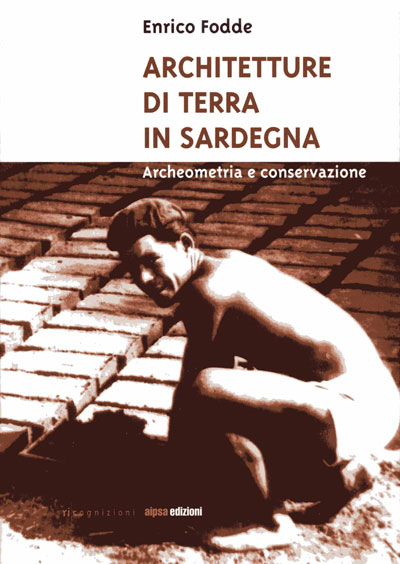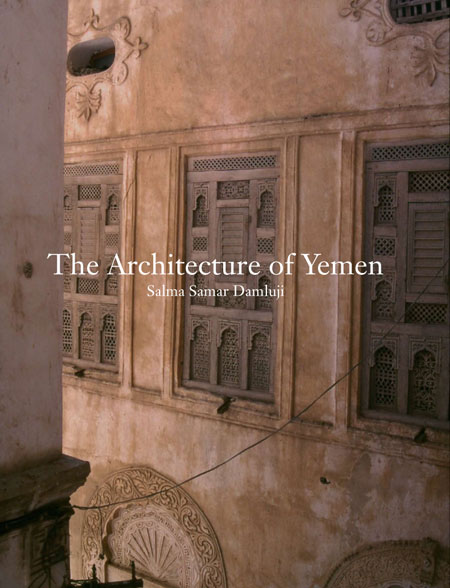
The result of nearly two decades of research, The Architecture of Yemen: From Yafi to Hadramut the first book to offer an in-depth investigation into the characteristic architecture of the southern and eastern towns of Yemen, which until the early 1990s were extremely difficult of access. The author’s first-hand research provides detailed insights into building design, techniques and methods that, though rich in tradition and accomplishment, are little known outside the region.
Refreshingly, the book moves out of the more familiar major cities into the hinterlands and explores areas that could be said to be the last strongholds of vernacular Arab architecture. The author, Salma Samar Damluji, was allowed to visit locations and sites previously closed or unfamiliar to architects and foreigners. As a result of this privileged access, the text and images combine to convey unique insights and viewpoints: those of the master builders and house owners who actually create and inhabit the buildings. In addition to approximately 700 colour images and architectural drawings, a unique glossary of over 900 terms complements the text.
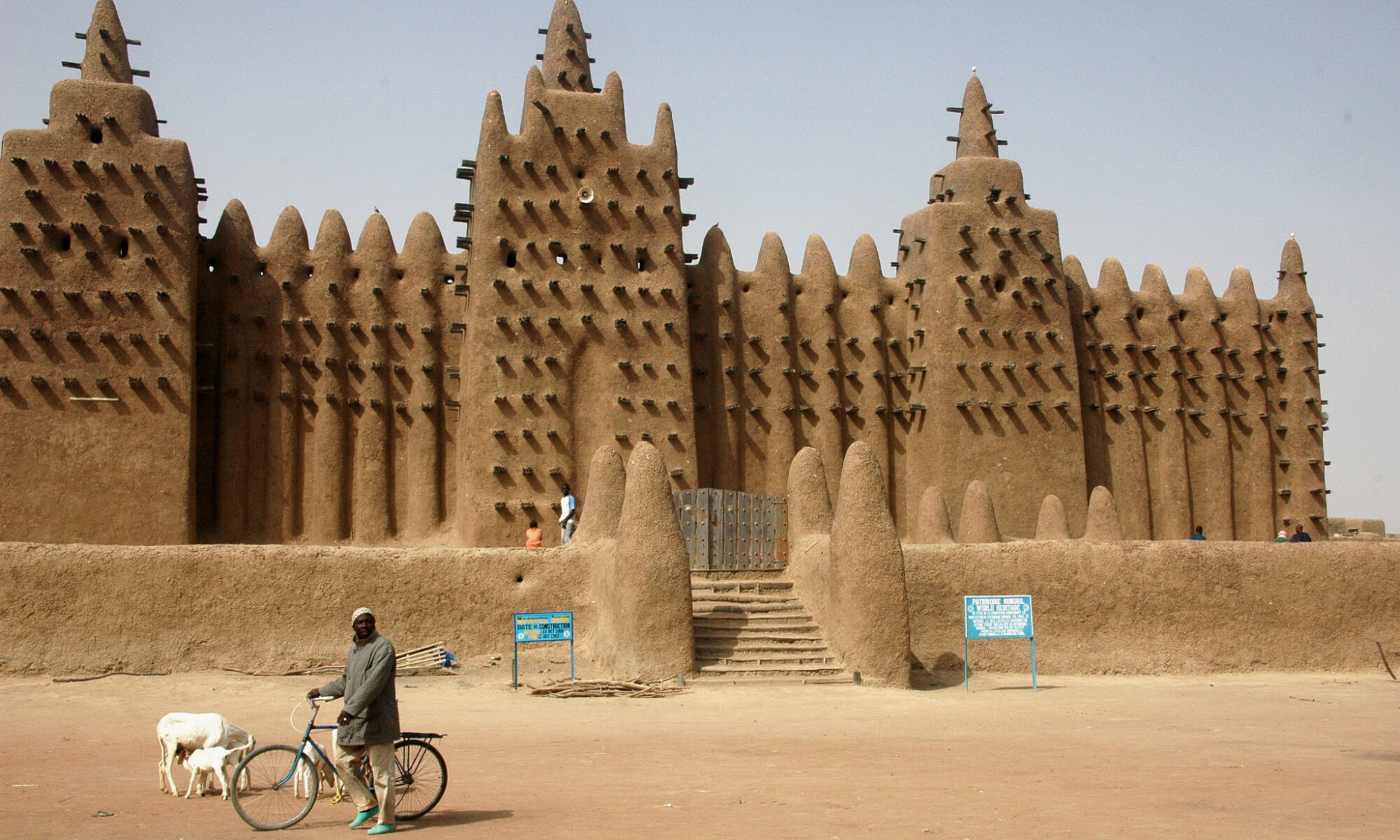
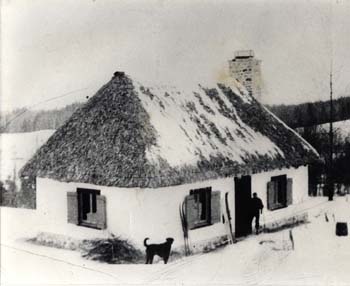

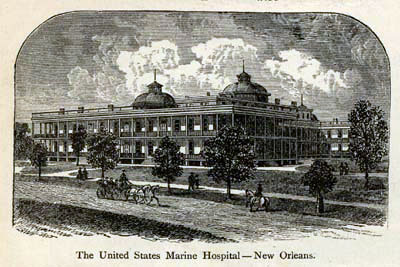
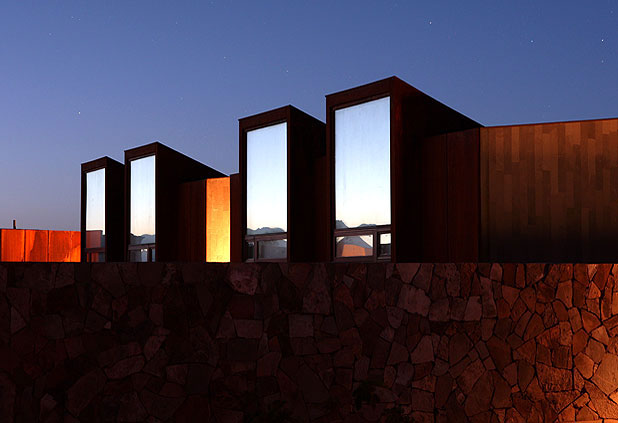
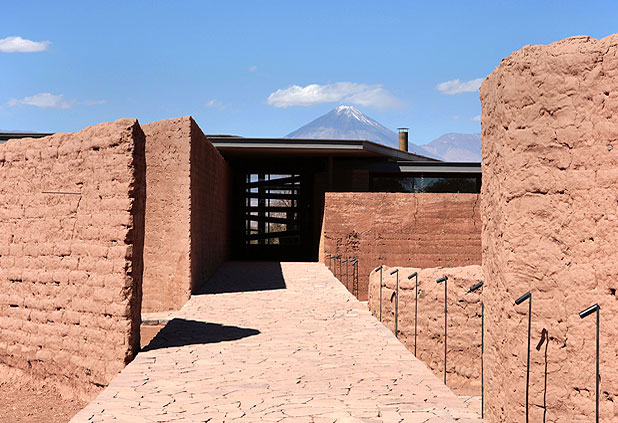
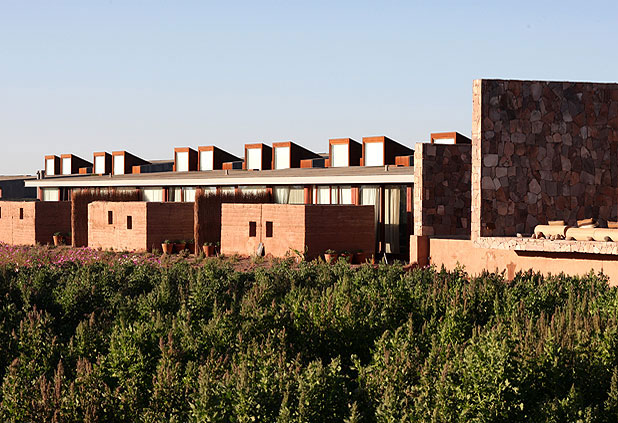

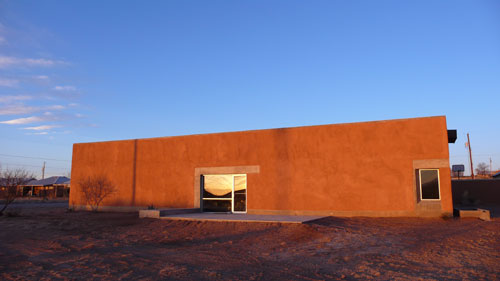
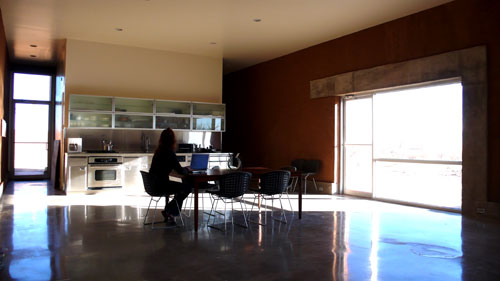
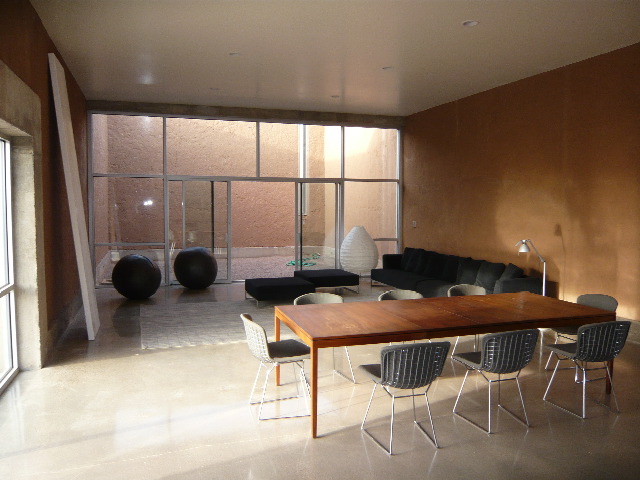
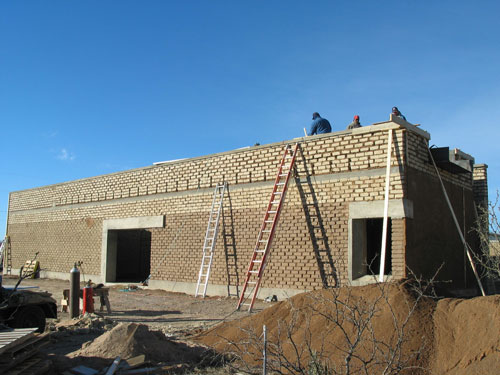 Ronald Rael and Virginia San Fratello. Ocotillo, mesquite, yucca and sotol serve as the backdrop and the view of the landscape from the house extends out to the Davis Mountains in the distance.
Ronald Rael and Virginia San Fratello. Ocotillo, mesquite, yucca and sotol serve as the backdrop and the view of the landscape from the house extends out to the Davis Mountains in the distance. 